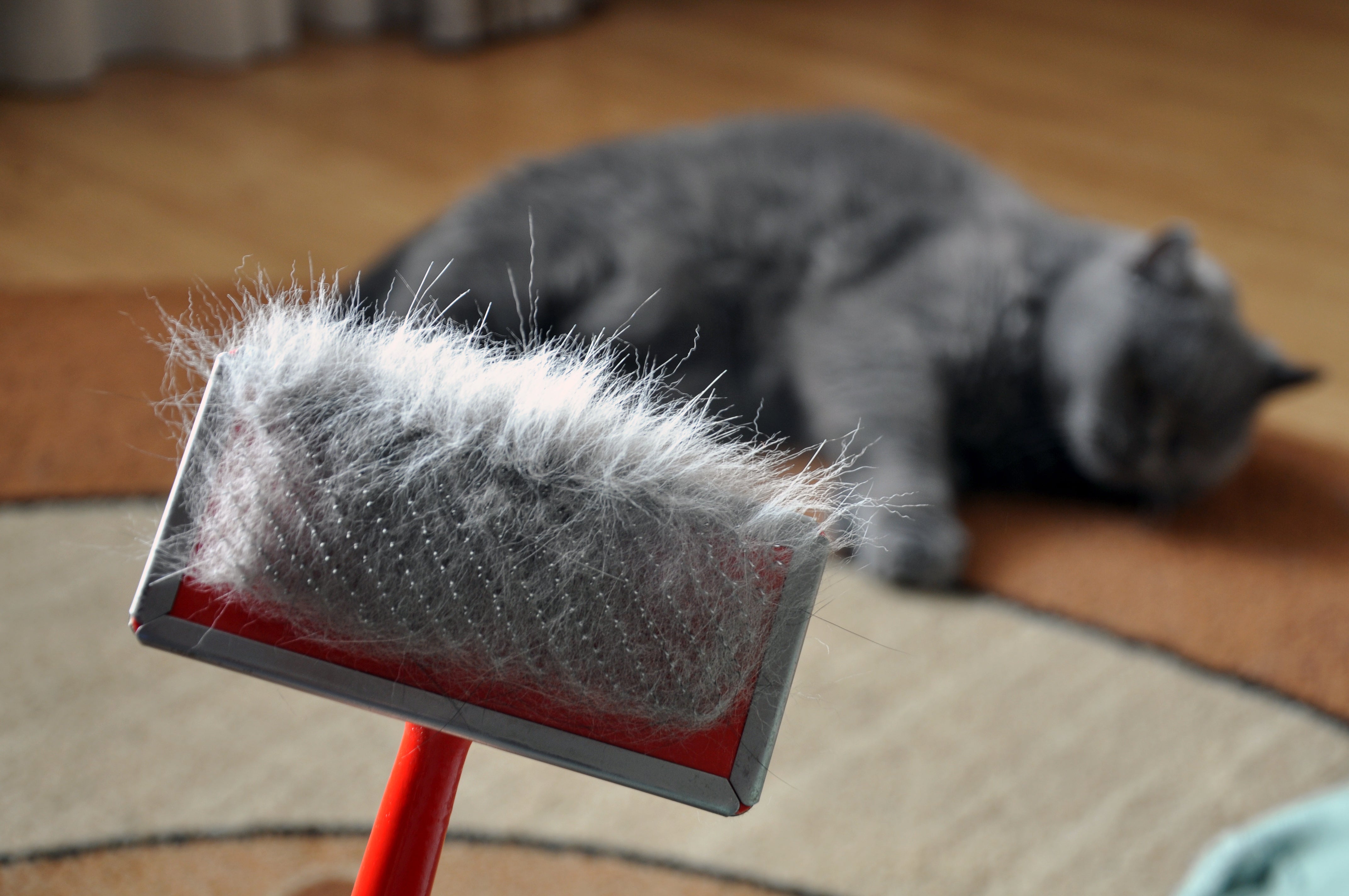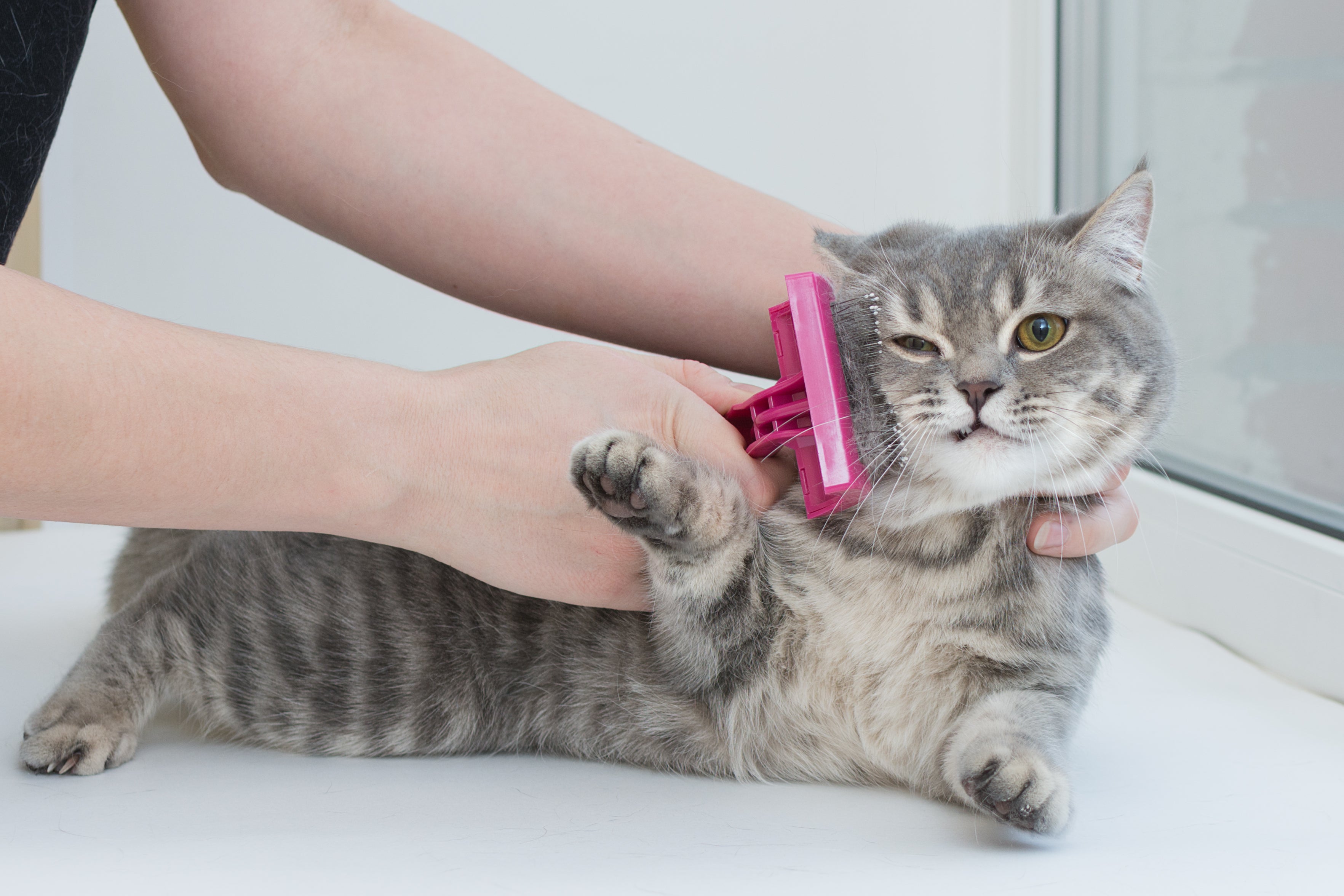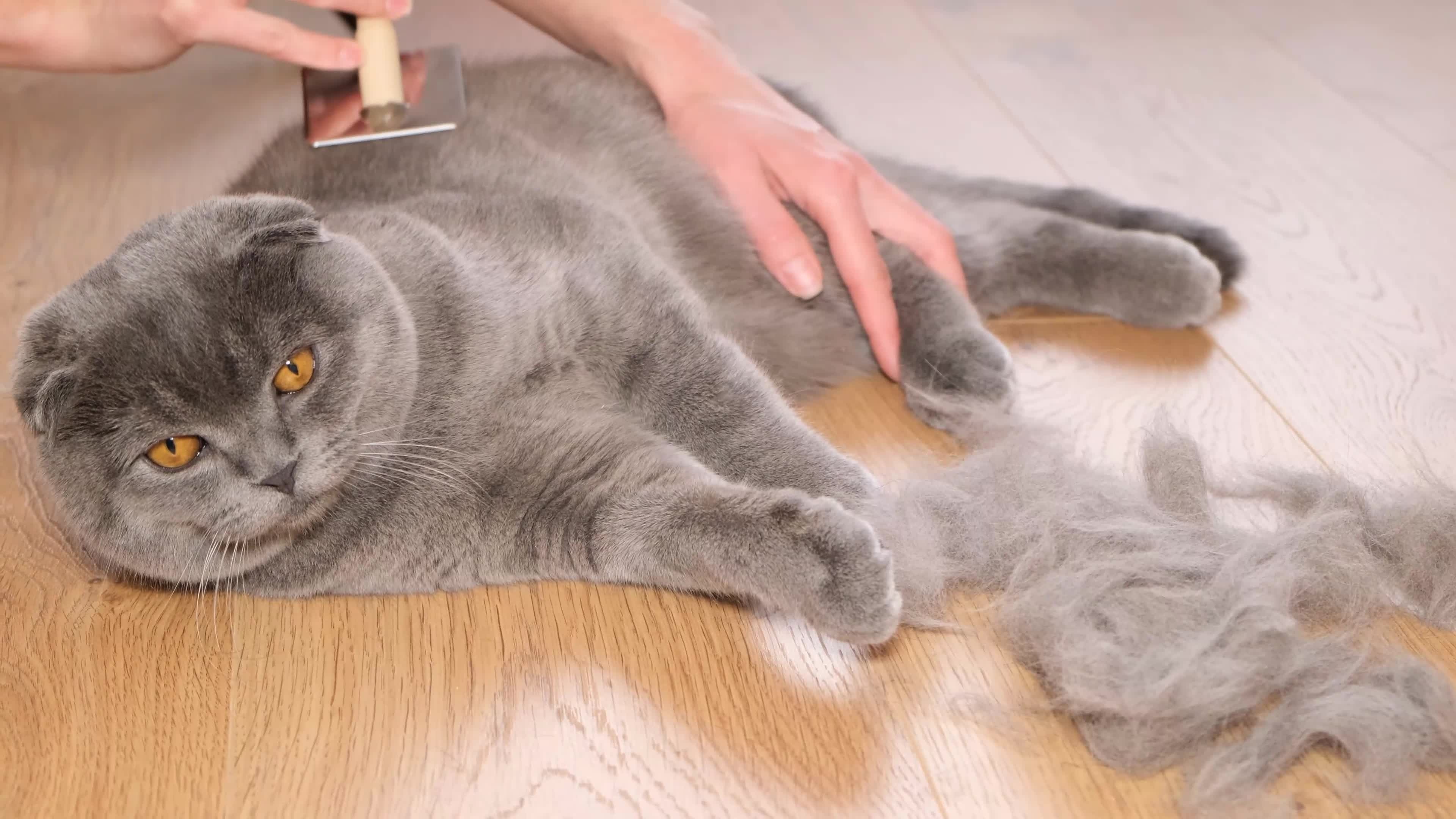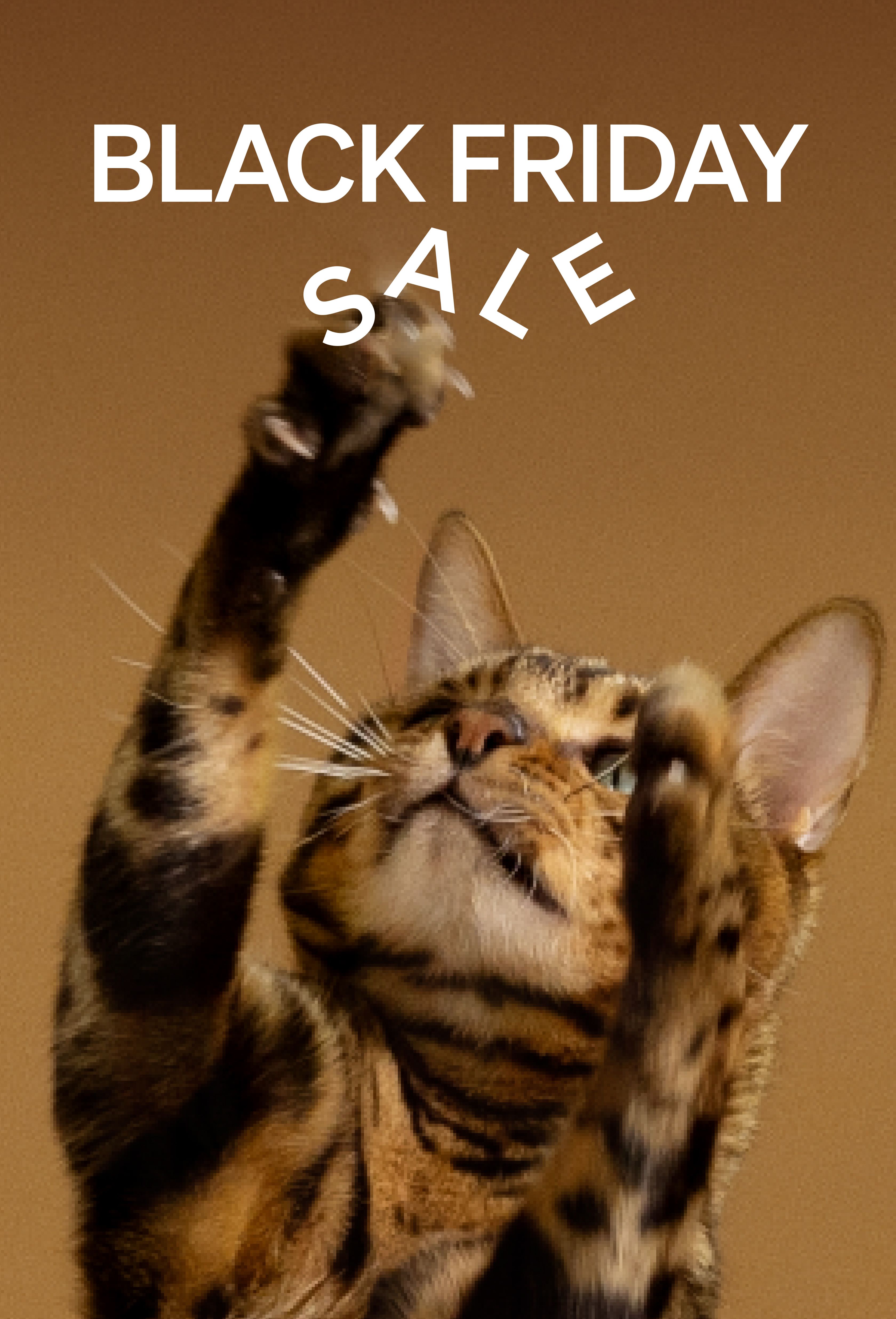A Guide to Short-Haired Cat Grooming
Introduction
Introduction Grooming your short-haired cat is not just about maintaining their sleek appearance—it's an essential aspect of their overall health and well-being. In this guide, we will explore the art of grooming short-haired cats, providing a step-by-step approach to ensure a smooth and enjoyable experience for both you and your feline friend.

Understanding Short-Haired Cats
Short-haired cats, with their glossy coats, have grooming needs that differ from their long-haired counterparts. Despite the reduced likelihood of matting, regular grooming is essential to minimize shedding, prevent hairballs, and keep their coat in optimal condition.
Essential Grooming Tools
Before diving into the grooming process, gather the necessary tools. For short-haired cats, a soft-bristle brush or a grooming mitt is often sufficient. Additionally, have a comb on hand for detangling any loose fur. Familiarizing yourself with these tools will streamline the grooming routine.

Creating a Relaxing Environment
Cats thrive in a calm and familiar environment , so choose a quiet space for grooming. Ensure the room is warm, and introduce grooming gradually if your cat is not accustomed to the process. Making the experience positive and stress-free is key to successful grooming sessions.
Step-by-Step Guide to Short-Haired Cat Grooming
1. Preliminary Brushing
Begin with a preliminary brushing using a soft-bristle brush or grooming mitt. This step removes loose fur and provides a soothing massage for your cat.
2. Choosing the Right Brush
Opt for a brush specifically designed for short-haired cats. Soft brushes or grooming mitts are gentle on their coat while effectively capturing loose hair.
3. Brushing Techniques
Use long, gentle strokes while brushing, following the direction of hair growth. Focus on areas prone to shedding, such as the back and sides. Regular brushing not only reduces shedding but also promotes a healthy, shiny coat.
4. Checking for Skin Issues
As you groom, keep an eye out for any signs of skin issues, such as redness, dryness, or lumps. Detecting potential skin problems early allows for prompt veterinary attention.
5. Introducing Grooming as a Positive Experience
Reward your cat with treats and praise during and after grooming sessions. This positive reinforcement creates a pleasant association with grooming, making future sessions more enjoyable.

Overcoming Grooming Challenges
Short-haired cats generally tolerate grooming well, but challenges may arise. If your cat shows resistance, start with shorter grooming sessions and gradually increase the duration. Always approach grooming with patience and a calm demeanor.
Building a Routine for Short-Haired Cat Grooming
Consistency is key to maintaining a healthy coat and a positive grooming experience for your short-haired cat. Establish a regular grooming routine, adjusting the frequency based on your cat's individual needs.

Conclusion
Grooming your short-haired cat is a rewarding experience that goes beyond aesthetics—it contributes to their overall health and strengthens the bond between you and your feline companion. By understanding their specific grooming needs, using the right tools, and approaching each session with patience, you can turn grooming into a positive and enjoyable activity for both you and your short-haired cat. Happy grooming!




























